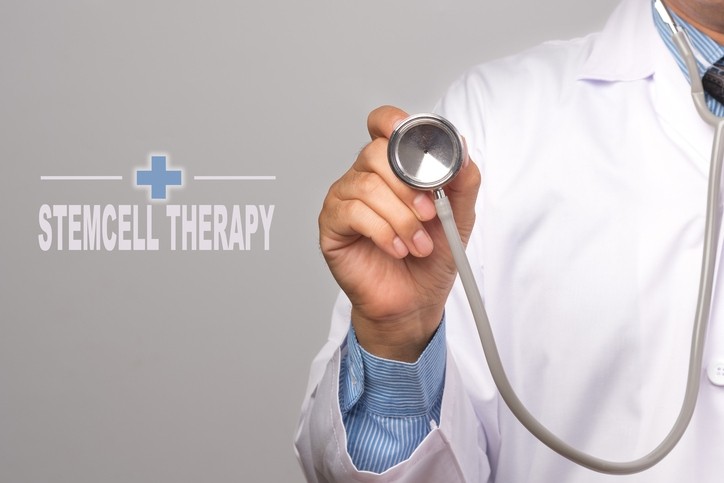When stem cell therapy was introduced and invented, many myths surrounded it. These myths are currently spreading, preventing people from knowing stem cell therapy’s importance. This therapy has helped many people curb health conditions like heart disease. The many cells in the body sometimes cannot significantly fight a condition or disease when cells are damaged. However, using stem cell therapy, the damaged cells can be replaced and the damaged tissues repaired. For example, your body can destroy the myelin used to assist the body cells in communicating effectively. In such an issue, you can regard using stem cell therapy for MS to help repair the myelin sheath. This article will explore the myth of stem cell therapy and the facts.
- All Stem cells are the same
Assuming that all the stem cells are the same is a myth. The reality is that the stem cells are different. One good example is the adult and the embryonic stem cells. The stem cell procedure used to get the adult is more accessible than the embryonic one, and the risks differ. The embryonic stem cells promote embryo growth by supplying new cells, while the adult stem cells provide cells to replace the cells that get damaged. The embryonic cells are considered pluripotent, meaning they can change into any form in the body. In contrast, adult stem cells are called multipotent since their changing ability is limited.
- Stem Cells Come from Embryos
Assuming that stem cells come from embryos is a myth. When the study of stem cells commenced, they mostly experimented with embryos. Still, further research discovered many ways to extract stem cells that don’t necessarily need embryos. In recent years the most processed stem cells are extracted from the bone marrow, which contains the hematopoietic. This method, though painful, has helped treat many blood conditions. However, for the process to be successful, you need a qualified stem cell doctor to help extract, clean, and reinject the stem cells again.
- Stem Cell is a Cure-all Diseases
Most people assume that stem cell therapy is a cure for all diseases. This is a myth. The reality is stem cells can treat medical ailments and conditions; however, they are not a cure themselves. They help to regenerate the necessary things it needs to heal itself. It’s crucial to note that stem cells have no potential to help in therapeutic enhancement due to their ability to change.
- The Body will Reject the Stem Cells
When going for stem cell therapy, most people worry since they fear that the body might reject the stem cells. The body can reject other organs, especially during transparent. The body rejects other organs mainly because the immune system views the organ as invaders. However, stem cells come from your own body, and it will be hard for your own body to deny.
Wrapping Up:
Stem cell therapy is safe, and you should ensure you research and do thorough consultation. Knowing the facts and risks is essential before getting stem cell therapy. Stem cell therapy will help improve health and repair damaged cells.

